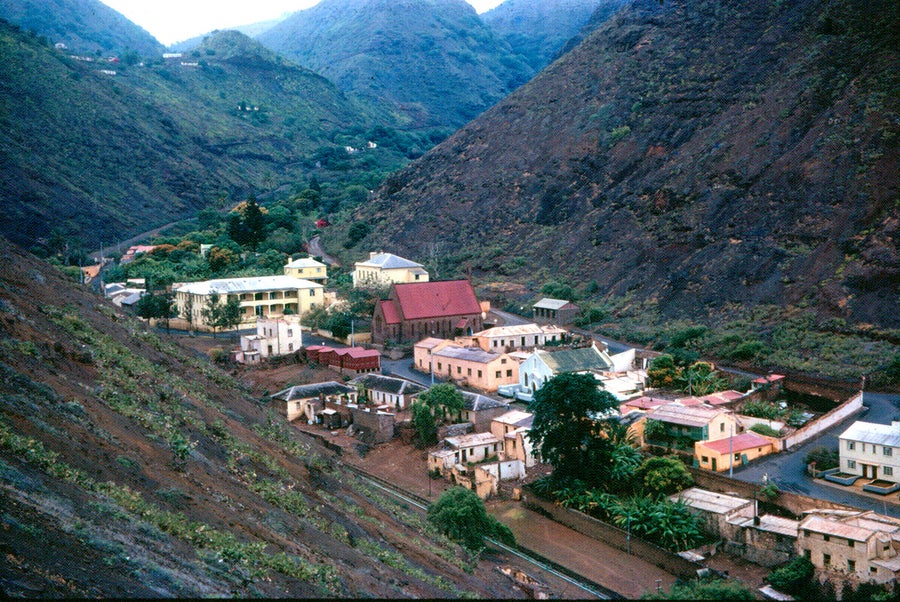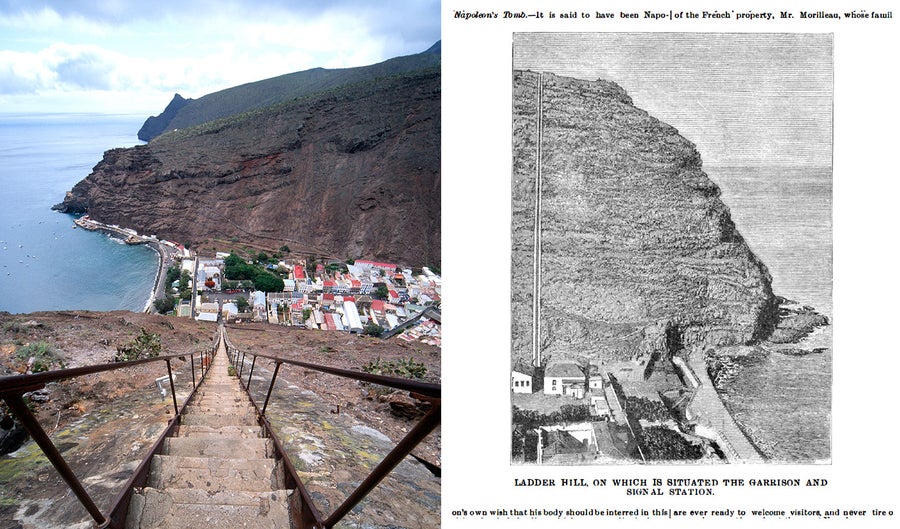This article was published in Scientific American’s former blog network and reflects the views of the author, not necessarily those of Scientific American
A magazine that is 170 years old (Scientific American was founded in August 1845) is going to have had its share of tardy authors. Until last year, as far as I can tell, the longest we ever waited for an article was about 25 years. Truffle expert James M. Trappe—who recalled having discussed writing about those delicacies with then-editor Dennis Flanagan “in 1983–4”—handed in his submission in 2009, having acquired a co-author along the way. We published that story in our April 2010 issue.
But I was recently floored to receive this message from an author who was invited to write for us close to half a century ago:
Dear Scientific American,
A while ago I received an offer from the editor (Dennis Flanagan) of $1,000 for an article based on my work on St. Helena in the South Atlantic Ocean. I am afraid that it has taken me longer to complete than I anticipated. I have no idea how long contracts are valid but I hope you will consider for publication the enclosed response to your kind offer albeit somewhat delayed. My wife used to work for Penguin, Random House and Macmillan, all of whom used to regard authors as unreliable, often not delivering what was promised. My perspective as a slow writer is that publishers are too impatient, and if they waited a little while—in this case 47 years—they would receive a worthwhile submission.
The first few pages follow; I think they supply the information you request.
Thanking you,
Ian Shine MD
On supporting science journalism
If you're enjoying this article, consider supporting our award-winning journalism by subscribing. By purchasing a subscription you are helping to ensure the future of impactful stories about the discoveries and ideas shaping our world today.
I was charmed by Ian Shine’s knowledge of the editorial mind-set and his dry understatement of the “delay.” Naturally, I asked to see the manuscript, which recorded his experiences as a physician on the remote island of Saint Helena from 1960 to 1962—first serving under a more senior doctor with a difficult personality and, later, working solo for nine months. (Some readers may recognize the island as a site visited by Charles Darwin and as the place where Napoleon died after having been exiled there.) In the years after Shine conferred with Flanagan, his article grew into a short book, parts of which he collected for fellow physicians in a 1970 publication, Serendipity in St. Helena: A Genetical and Medical Study of an Isolated Community.

Buildings in the Jamestown section of St. Helena in the 1960s included the two-story primrose colored hospital, located across the road from a tall stone church with a red roof and adjacent to a one-story red building that served as a clinic. Credit: Courtesy of Ian Shine
We cannot accommodate a book-length piece in the magazine, but the following tale offers a taste of Shine’s ingenuity in the face of limited resources. In this case, the doctor decides he needs to invent a way to spot patients who might need more cardiac monitoring than they were getting.
“In the beginning, he writes, it seemed that the Saints were immune to coronary heart disease (CHD). For many months no patient complained of chest pain on exertion or asked for fresh supplies of glyceryl trinitrate, and no deaths were attributed to CHD. It soon became apparent that on St. Helena cardiac symptoms were milder than anticipated.”
To get a handle on his patients’ heart health, he first tried to use a questionnaire designed by a Dr. Miall to detect CHD in Jamaica, but he quickly found that the 40 questions required too much explanation to serve as an efficient screening tool.
After one particularly arduous discussion, Shine noticed something that led him a simpler solution…
“As this patient had just walked almost two miles across hilly ground to get to the clinic,” he recalls, “I decided that he could not have had cardiac pain, but just to be safe, I ran an ECG that proved me wrong. He had marked ST depression in V4, 5, & 6; the typical changes of cardiac ischemia (inadequate blood flow to the heart).After some preliminary mistakes, the most effective discriminating question was found to be:
Can you travel up Ladder Hill or up Side Path, or from Colonel Gilpin’s home to the Cathedral without stopping?’”
“Most people,” he continues, walked everywhere, as cars were infrequent (mine had a number plate 242, there having been 241 cars on the island since the first one was introduced in 1928). Thus it was easy to give a reliable answer to this question because they knew exactly how long it took them, and where they usually stopped on these journeys. Anyone who was able to climb 50 of the 699 11-inch steps up Ladder Hill, or its equivalent, was considered to be healthy.”
Although Shine’s manuscript will not appear in our pages, we were delighted to have had the opportunity to see it after all these years.

Jacob’s Ladder on Ladder Hill is incredibly steep and long. The second image appeared in a Scientific American Supplement on January 17, 1891. Credit: Shaen Adey /Getty Images (left); Scientific American (right)
